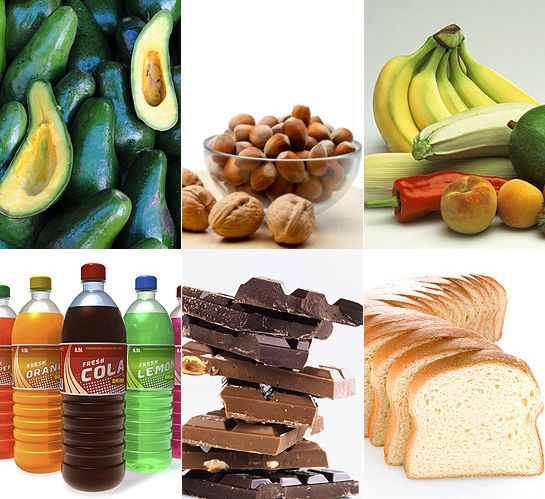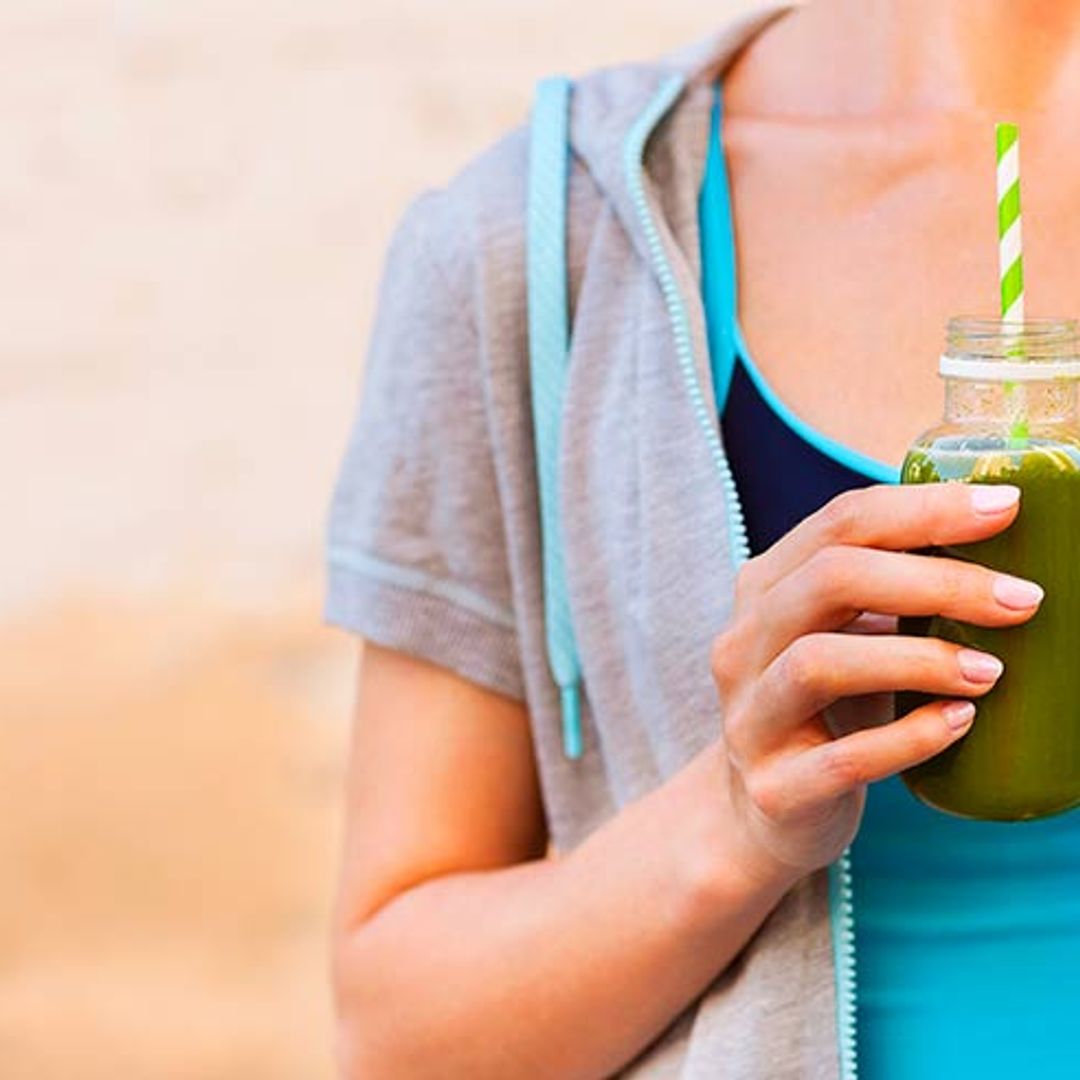People are, generally, confused about eating fats, and which are the good 'ones' and the 'bad' ones. According to government guidelines, a maxiumum of 35 per cent of the energy we consume daily can come from fats, which sounds like a generous portion. But not all fats are the same. In fact, the rules state that no more than 11 per cent of our diet should come from saturated fat – and as a nation we consistently consume more than that.
This is an issue that could have serious consequences for our future health, as eating saturated fats can increase the risk of heart disease as they raise levels of bad cholesterol and clog the arteries. 'Good' fat, on the other hand – polyunsaturated and monounsaturated – is essential for the development of our brain and eyes, plus the maintenance of healthy skin, energy and the immune system. Unsaturated fats can also play a vital role in female fertility and can help to lower levels of bad cholesterol in the blood.
Good vs bad In order to make healthier choices, you first need to know your fats. Those to cut back on are saturated fats, which are generally derived from animals and include full-fat dairy products and fatty meats. Even worse – and to be eliminated all together – are the high-temperature resistant trans fats found in processed foods. On the 'good' side, meanwhile, are the polyunsaturated fats found in avocados, many nuts and seeds, some vegetable oils including sunflower and olive oils, and oily fish. An easy way to replace saturated fats in your diet is to switch from butter or lard to cold-pressed oils such as olive oil when baking, roasting or frying, and to eat more fish such as salmon, tuna and mackerel rather than fatty meat. All fats are high in calories, however.
If you are looking to reduce your daily total, these NHS tips could help: - Swap cake and biscuits for dried fruit and cereals- When shopping, compare nutrition labels so you can pick foods that are lower in fat. Servings may vary, so read the label carefully- Ask your butcher for lean cuts of meat, or compare labels of meat packaging- Choose lower-fat dairy products- Grill, bake, poach or steam food rather than frying or roasting, to avoid adding extra fat- Monitor how much oil you use in cooking by measuring it with a spoon rather than pouring it straight from the bottle- Trim any visible fat and take skin off meat before cooking. Whatever meat you choose, use the grill instead of the frying pan- Put more vegetables or beans in casseroles, stews and curries, and a bit less meat. Skim any fat off the top before serving- For sandwiches, omit butter or margarine if you're using a moist filling. If you do use a spread, go for a reduced-fat one that's soft straight from the fridge, so it's easier to spread thinly.










